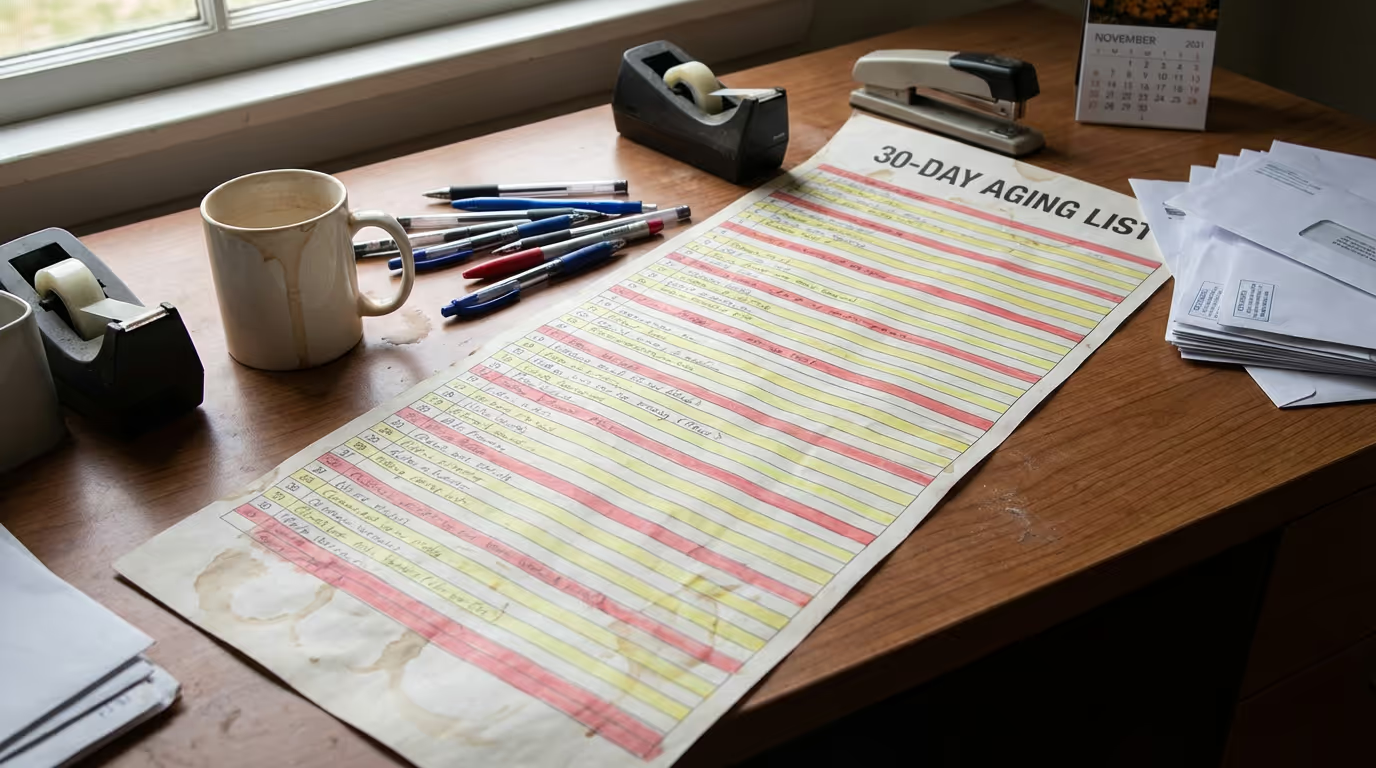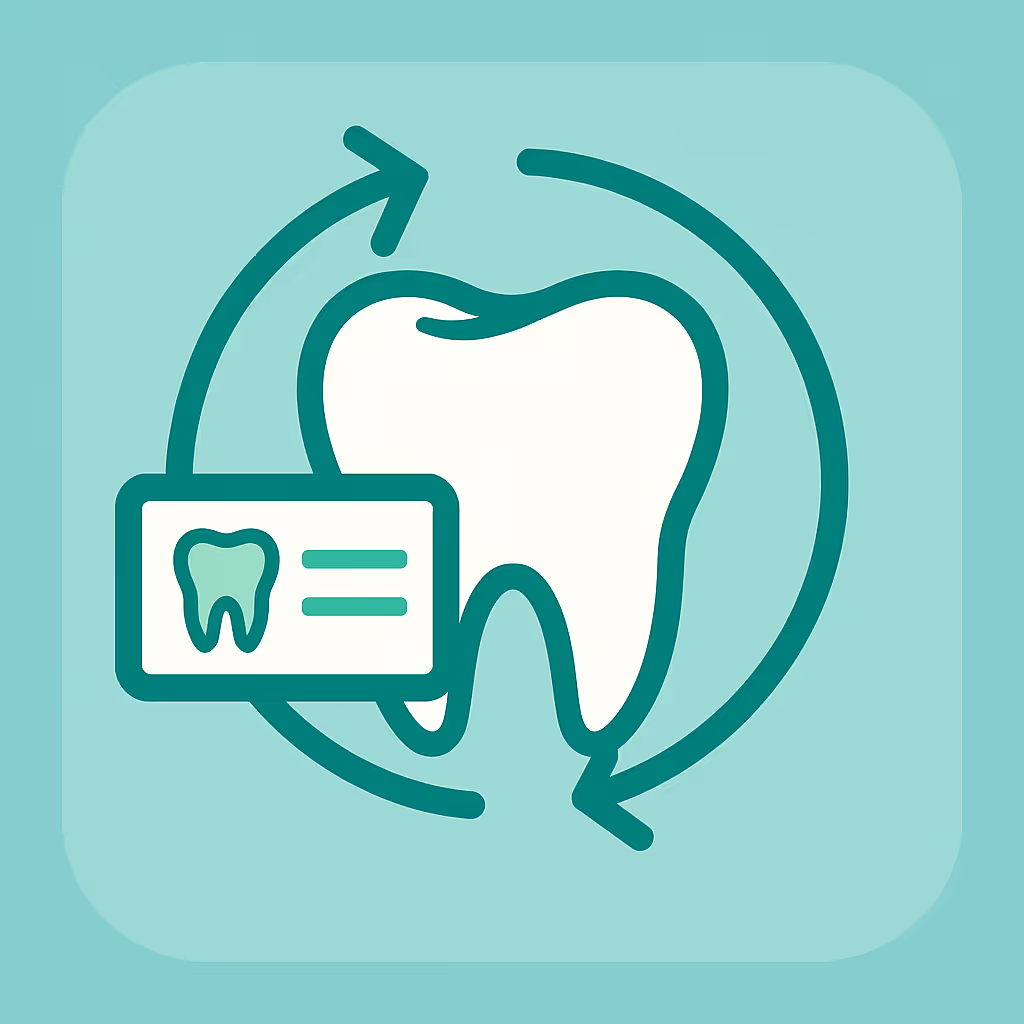Understanding Dental Code D6545
When to Use D6545 dental code
The D6545 dental code is designated for a retainer—specifically, a cast metal retainer for a fixed partial denture. This code is used when a dental provider fabricates and places a retainer that will support a bridge or fixed partial denture, ensuring stability and function. It is important to use D6545 only when the retainer is made entirely of cast metal and not combined with porcelain or other materials (which would require a different CDT code). Proper code selection is crucial for accurate claims processing and reimbursement.
Documentation and Clinical Scenarios
To support the use of D6545, dental offices should maintain comprehensive clinical documentation. This includes detailed chart notes describing the tooth or teeth involved, the reason for the retainer (such as replacing a missing tooth with a bridge), and the type of material used. Intraoral photos, radiographs, and a copy of the lab prescription can further substantiate the claim. Common clinical scenarios include replacing a missing molar with a fixed bridge, where the adjacent teeth require cast metal retainers for optimal strength and longevity. Always ensure that the clinical rationale for choosing a cast metal retainer over other options is clearly documented in the patient record.
Insurance Billing Tips
When billing for D6545, accuracy and completeness are key. Start by verifying the patient’s insurance benefits to confirm coverage for fixed partial dentures and specific material types. Submit claims with detailed narratives, including the clinical justification for a cast metal retainer. Attach supporting documentation such as pre-operative radiographs and intraoral images. If the claim is denied, review the Explanation of Benefits (EOB) for the denial reason and prepare a claim appeal with additional documentation as needed. Successful dental offices often use a checklist to ensure all required information is included before claim submission, reducing the risk of delays or denials.
Example Case for D6545
Consider a 55-year-old patient missing tooth #19. The treatment plan involves a three-unit fixed bridge from #18 to #20, with both abutment teeth requiring cast metal retainers for strength due to heavy occlusal forces. The dental team documents the clinical need for cast metal, takes pre-op radiographs, and sends a detailed lab prescription. When billing, the office submits code D6545 for each retainer, includes supporting images, and provides a narrative explaining the material choice. If the insurance initially denies the claim, the team reviews the EOB, gathers additional documentation, and submits a timely appeal, ultimately securing reimbursement for both retainers.





